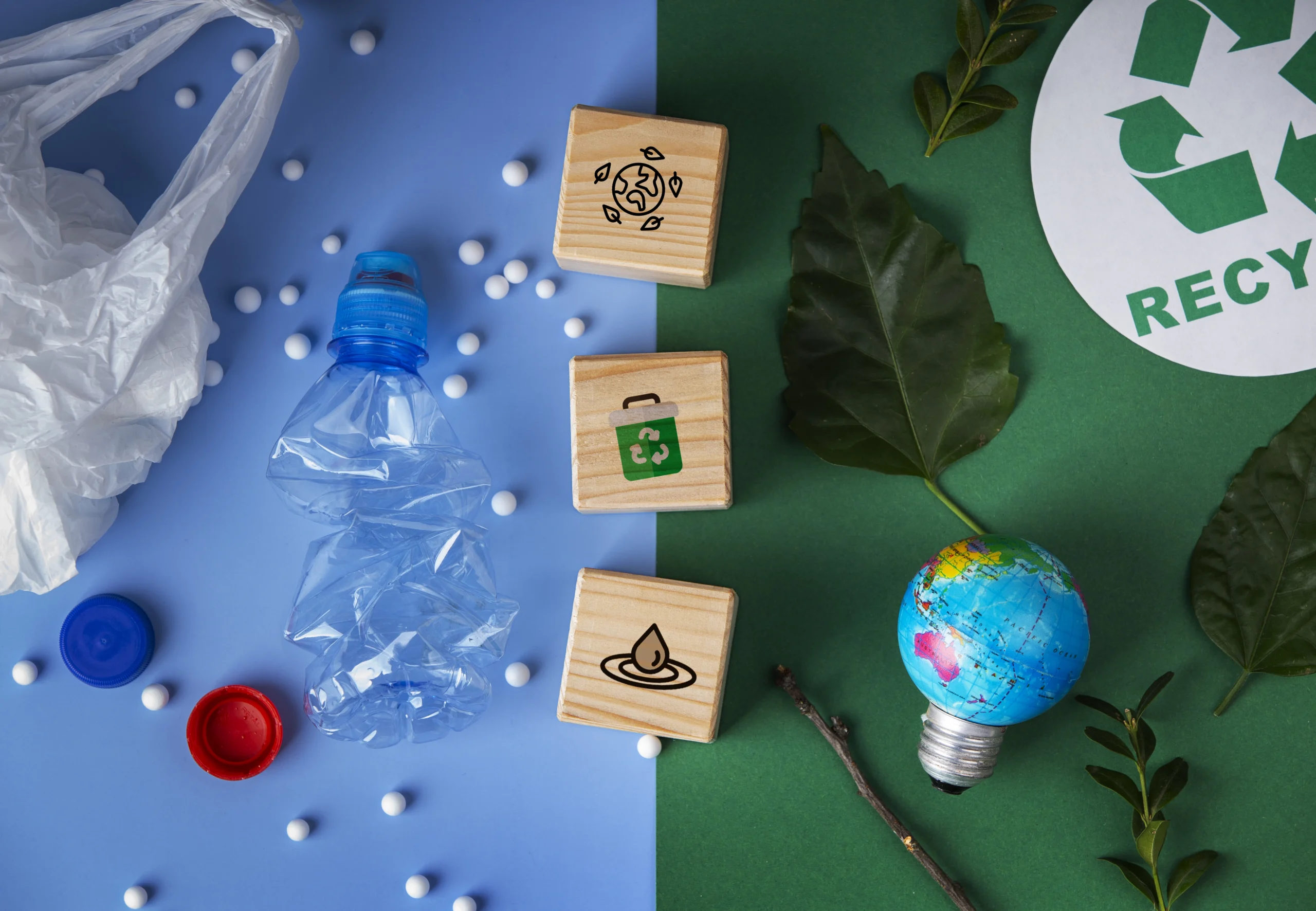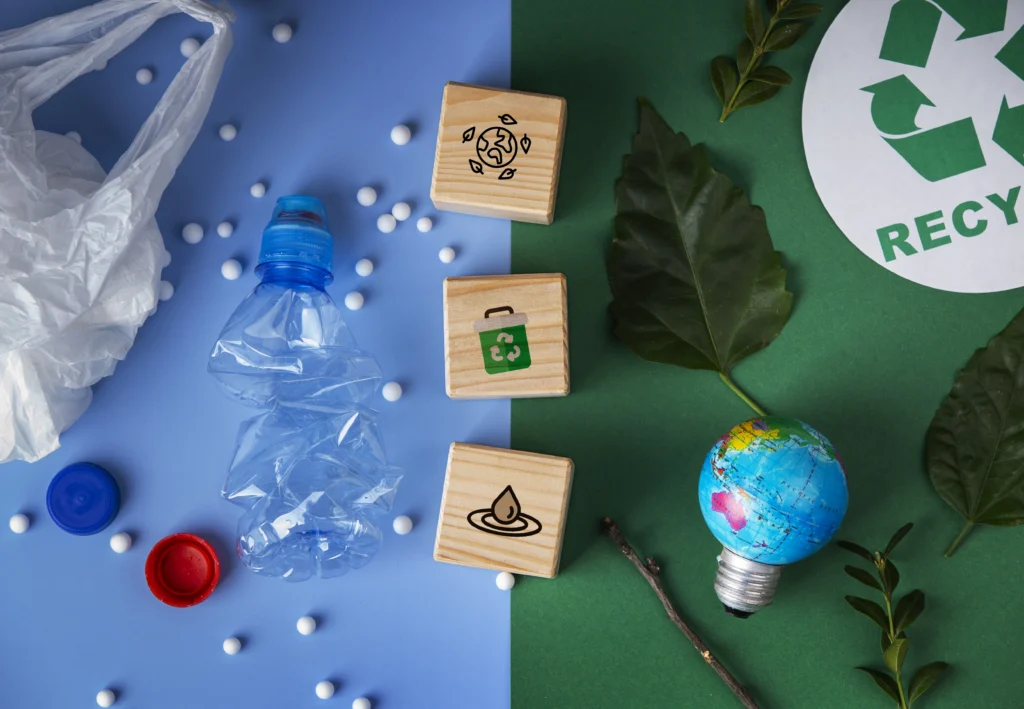The more familiar guidelines of waste management well understood by everybody since childhood: “Reduce, Reuse, Recycle”. These three actions assist in the reduction of waste and resource utilization hence making positive impacts to the environment. To AI, these principles are similarly significant, though they have added complexities and possibilities at their core. It is now high time that we discussed how the application of AI is changing the notions of minimize, reuse, and recycle.
Reduce: Minimizing Waste with AI
AI has great potential to minimize waste in several sectors given that it enhances processes that are in place. undefined
- Smart Manufacturing: They also help to foresee equipment failures and maintenance requirements, which leads to cutting down on waste as well as time. Automating production lines is done through machine learning that checks on the amount of materials used and how much power is used.
- Supply Chain Optimization: AI improves supply chain management since it provides better estimates of demand, which there is no need for mass production and stocks. This leads to fewer finished products being a waste.
- Energy Management: Smart energy management systems employ the use of artificial intelligence to observe energy use and propose improvements as they occur. This contributes to energy conservation in Buildings, industries, and homes.
- Precision Agriculture: AI solutions as tools help farmers manage the irrigation of their crops, and the application of fertilizers, and pesticides in the most efficient and environmentally friendly way possible.
Reuse: Extending the Lifecycle with AI
AI can also advance the reuse of products and materials through the improvement of the lifecycle of goods. Here’s how:
- Predictive Maintenance: Its AI algorithms assess the condition of the equipment and machinery to forecast the time before they would require repair or replacement.
- Remanufacturing and Refurbishment: Automated inspection technologies assess the conditions of items that are used, and identify which part can be recycled or refurbished. It doesn’t make products and its components deteriorate easily hence it helps elongate their lifespan.
- Sharing Economy: Through the adoption of AI, it is possible to realize the sharing and reuse of objects and services as it is witnessed in the sharing of rides, tools, as well as space for living. It means that these platforms do not involve the purchase of other assets, which would be costly in the process of their acquisition.
- Digital Twins: AI creates digital replicas of resources which makes it easier to exactly govern, maintain, and optimize physical assets. This helps to prolong the life spans of structures and equipment which in turn reduces the cost of repairs and replacements.
Recycle: Enhancing Recycling Processes with AI
AI is transforming recycling processes, making them more efficient and effective. Here are some innovations:
- Automated Sorting: Automated robotic-based smart systems and computer vision are also able to distinguish recyclable materials from waste products or junk. This also assists in the optimum operation of recycling centers and the reduction of contaminants affecting recycled goods.
- Material Identification: This particular piece notes that AI can suggest the content of materials and therefore assist in recycling thus complicating productions and composites. This is especially the case with e-waste and plastics, which generate more than a third of all plastic waste and are responsible for nearly a tenth of global oil consumption.
- Circular Economy Platforms: AI solutions include features allowing organizations and individuals to establish contacts with potential partners in the recycling and reusable material and product sales markets. It has the advantage of helping in the efficient sorting of recyclable material to improve the process and reuse.
- Smart Recycling Bins: This means that smart recycling bin integrates intelligence to detect waste as well as its location of disposal. It provides feedback directly to the user and, at the same time, rewards the proper recycling behavior and combats pollution.
AI in Action: Real-World Examples
Several companies and organizations are already leveraging AI to advance the principles of reduce, reuse, and recycle:
- AMP Robotics: Through intralogistics and material flow automation in line with AI technology, Cimcorp eliminates wastage in manufacturing and distribution.
- Cimcorp: Using artificial intelligence recycling technology, the factory, Loop Industries, recycles PET plastic waste so that it can be reused for consumption.
- Loop Industries: Using AI to break down and recycle PET plastic waste, Loop Industries creates high-quality, sustainable plastic products.
- Carbon Clean Solutions: This company applies artificial intelligence in carbon capture and utilization particularly carbon recycling in industrial emission decrease to enhance efficiency.
Conclusion
Applying AI to the principles of the three Rs duly marks a shift to a sustainable future. AI provides not only better performance increase and accuracy in these fields but also offers new opportunities connected with waste management and conservation of resources. AI plays a significant step in the sustainability of the planet as technology advances further, paving the way for better solutions.
That is why using AI innovations, it is possible to expand objectives on waste reduction, resource reuse, and recycling materials, turning the world into a sustainable and environmentally friendly place for future generations.




